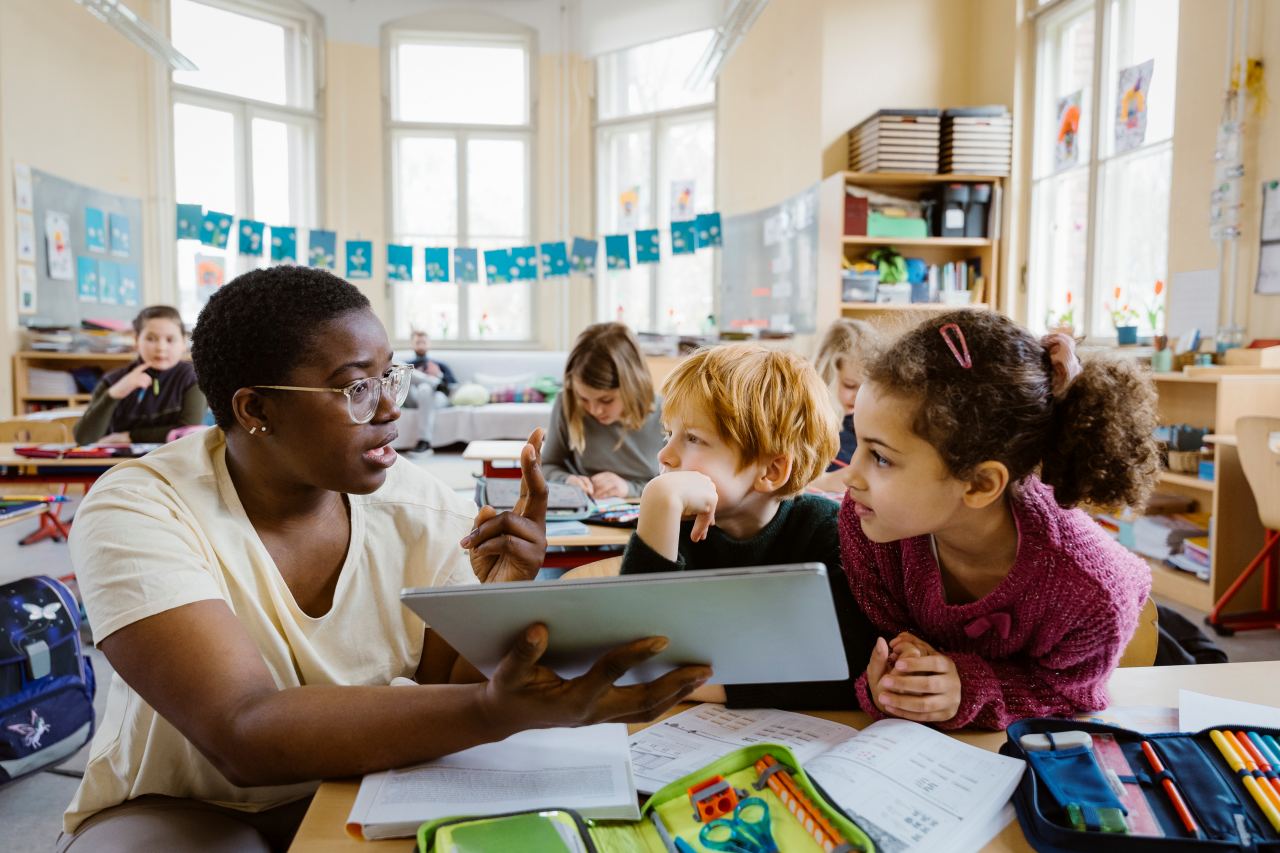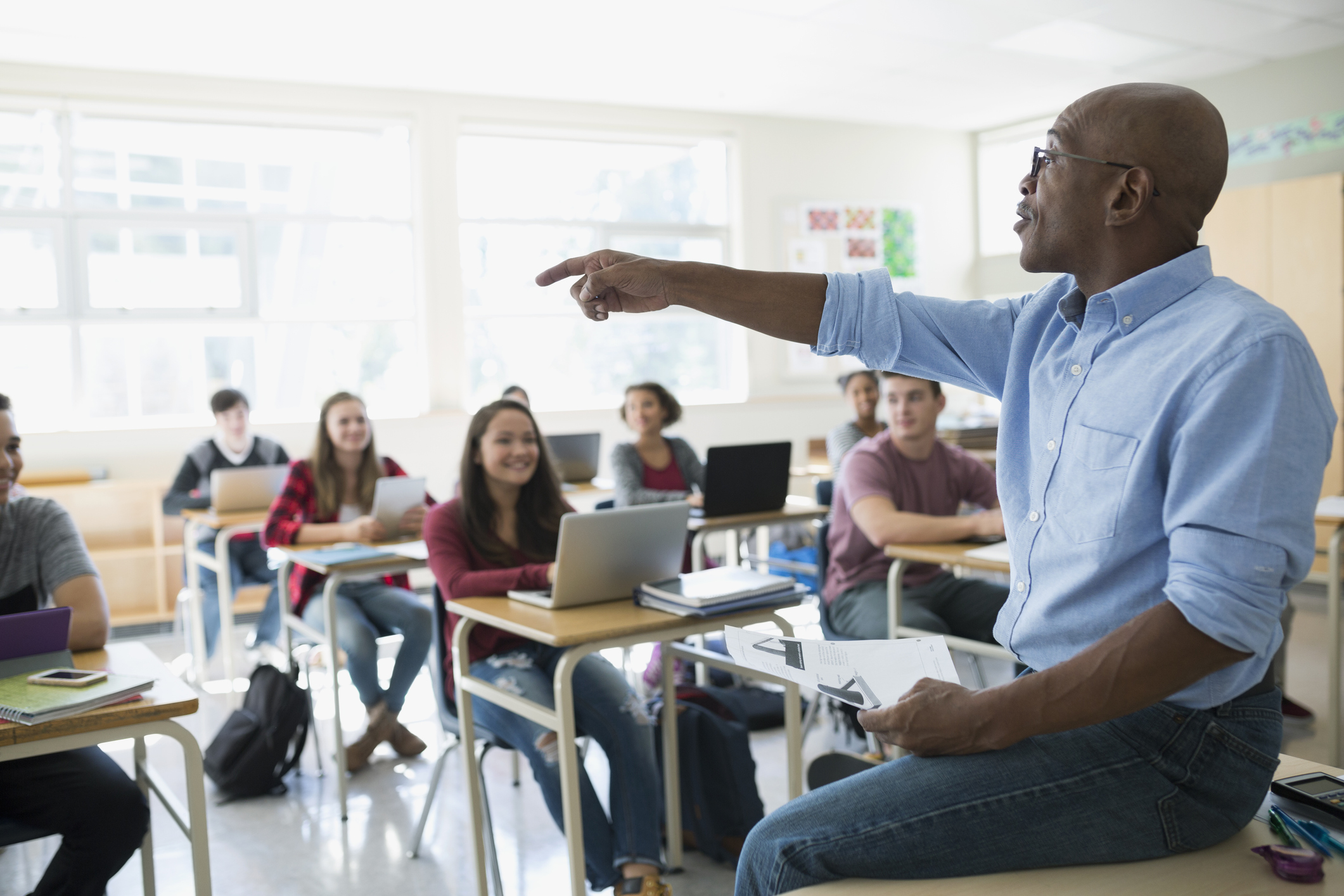Exploring the Different Teaching Strategies in Primary Scientific Research Education And Learning Today
The landscape of key scientific research education and learning is advancing, with numerous teaching approaches gaining prominence in contemporary classrooms. Inquiry-based discovering, hands-on experiments, and the combination of technology are redefining how instructors involve young minds. Furthermore, collaborative strategies and separated direction are being used to provide to the varied demands of trainees, boosting both interaction and understanding. As we examine these techniques, questions develop about their effectiveness and the implications for future instructional techniques. What might these changes in strategy mean for the future generation of learners?
Inquiry-Based Learning
Inquiry-Based Discovering (IBL) is an instructional approach that encourages trainees to check out scientific ideas through wondering about, examination, and hands-on trial and error. This method emphasizes the role of pupils as active participants in their knowing, advertising crucial reasoning and analytic skills. By engaging with real-world inquiries, trainees end up being curious and inspired, which boosts their understanding of scientific principles.
In IBL, educators act as facilitators, assisting pupils as they navigate their inquiries as opposed to delivering details straight. This student-centered method enables differentiation, accommodating numerous discovering designs and rates. Pupils create abilities in formulating hypotheses, creating experiments, and analyzing information, which are important for scientific literacy.
Furthermore, IBL promotes partnership among students, encouraging them to share concepts and findings. This collective questions promotes social skills and a sense of community within the class. Moreover, the process of query encourages resilience, as pupils learn to embrace failure as a tipping rock towards understanding.
Hands-On Experiments
Hands-on experiments are a vital part of efficient science education and learning, enhancing the principles of inquiry-based learning. These experiments permit trainees to involve directly with scientific concepts, cultivating a much deeper understanding through experiential learning. By adjusting materials and observing outcomes, young learners can grasp abstract concepts in substantial methods.
Such activities promote crucial thinking and problem-solving skills, as students assume outcomes, conduct experiments, and assess outcomes. This process encourages them to ask inquiries, improve their understanding, and establish a clinical frame of mind. Hands-on experiments can be customized to varied knowing styles, making sure that all students have the possibility to involve meaningfully with the content.
In addition, hands-on experiments frequently encourage collaboration amongst peers, advertising synergy and communication abilities. Operating in groups makes it possible for trainees to share concepts, go over findings, and find out from each other, which enhances their overall academic experience.
Integrating hands-on experiments into the main scientific research educational program not just improves the finding out setting yet additionally cultivates a lifelong interest in science. By proactively participating in their education and learning, students are more probable to develop a passion for clinical questions that prolongs past the class.

Technology Integration
Integrating innovation into main scientific research education has ended up being significantly crucial in fostering student engagement and enhancing learning outcomes. Using digital devices, such as interactive simulations, online labs, and academic software application, offers students with opportunities to discover clinical ideas in ingenious methods. These sources assist in a look at here now much deeper understanding of intricate subjects by allowing students to visualize and manipulate variables that would be impractical in a typical class setting.
Moreover, modern technology assimilation motivates personalized discovering experiences. Students can proceed at their very own speed, revisiting tough ideas through multimedia sources, which accommodate various knowing styles. This flexibility not just supports specific growth yet also grows a feeling of freedom in learners.
Furthermore, innovation acts as a bridge to real-world scientific research, linking pupils with present research and professional contributions. Access our website to on-line databases and scientific journals expands pupils' viewpoints on clinical query and promotes essential thinking abilities.
Collaborative Learning
Collaborative learning plays an important function in main scientific research education by promoting synergy and interaction skills amongst pupils. This method urges students to interact, share understanding, and involve in problem-solving, which boosts their understanding of clinical concepts. By joining team tasks, students learn to verbalize their ideas, pay attention to varied perspectives, and work out options, every one of which are important skills in both scholastic and real-world contexts.

Research shows that collaborative understanding can lead to increased inspiration and interaction in science subjects, as pupils find satisfaction in shared experiences (primary science tuition Singapore). Additionally, this strategy prepares students for future collective undertakings, equipping them with the skills necessary for efficient synergy in greater education and expert atmospheres. Ultimately, welcoming collaborative knowing in main scientific research education and learning can substantially improve the understanding experience and advertise a much deeper understanding of clinical questions
Differentiated Instruction

Differentiated instruction can show up in various means, such as varying the content, processes, or items of learning. As an example, teachers might use tiered assignments that offer varying degrees of intricacy, permitting trainees to operate at their particular readiness levels. Furthermore, versatile grouping techniques can promote partnership among pupils with different capacities, promoting peer discovering.
Evaluation plays an essential function in this approach, as it educates instruction and assists educators understand each student's unique needs. Developmental analyses, such as quizzes and observations, can lead educators in readjusting their approaches to boost finding out end results. primary science look at this web-site tuition Singapore. Eventually, by carrying out differentiated instruction in main scientific research education, educators can cultivate a more fair and effective discovering setting, empowering all trainees to reach their complete potential in comprehending clinical sensations
Final Thought
In recap, the diverse mentor approaches in key science education and learning, consisting of inquiry-based discovering, hands-on experiments, modern technology combination, collective learning, and differentiated direction, jointly contribute to a much more efficient understanding environment. These techniques advertise critical thinking, analytical abilities, and a much deeper understanding of scientific ideas. By executing these methods, teachers can create engaging and supportive class that address the diverse requirements of trainees, eventually cultivating a lifelong interest in scientific research and enhancing scholastic success.
Inquiry-Based Discovering (IBL) is an instructional technique that motivates students to explore scientific principles through doubting, examination, and hands-on testing.Joint knowing plays an essential function in key science education and learning by cultivating team effort and communication abilities amongst pupils.Research study shows that collective knowing can lead to raised motivation and interaction in scientific research topics, as trainees locate enjoyment in shared experiences.In fostering a comprehensive knowing environment, differentiated direction emerges as a vital method to fit the diverse demands and capabilities of trainees in primary science education and learning. Ultimately, by executing differentiated direction in main scientific research education, teachers can cultivate an extra fair and efficient understanding atmosphere, empowering all pupils to reach their full possibility in comprehending clinical phenomena.
Comments on “Personalized Primary Science Tuition Singapore to Cater to Your Child’s Needs”